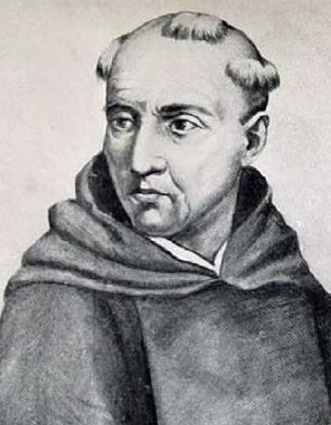Week3
Last week I worked on learning the basics of sign language, however, I am not done with them. Just like any language we need to practice it in order to become efficient and fluent in that language. Not only are we practicing the words and definitions, but we are practicing the unusual and new sounds of the language. Many languages use completely different phonetics than English and we have to get used to pronouncing. In my opinion, sign language is even more of a jump as we are not even using oral language, I need to adjust to using my hands to communicate in sign language. For these reasons I try my best to review one of my basics each night, either the alphabet, the numbers 1-10, or greetings. Currently, I am feeling most confident in the alphabet and want to show you a video of me doing it.
As of last week, I am feeling most confident with the alphabet, so I wanted to show you guys a video of my progress. However, I have not been feeling nearly as confident with my numbers or simple words. Therefore, instead of adding new content this week I want to continue to focus on those two before I move on.
History
In order to dive deeper into my learning, I have decided to look into the history of sign language. There is no specific day that sign language was invented, it has evolved over time to be the language that it is now. Even though it is impossible to be sure, research talks about a monk who created a version of sign language to live out his vow of silence. His name was Pedro de Leon, and he began communicating with his hands in the 1500s. Later on, in 1620, a man named Juan Pablo Bonet developed this language by creating a dictionary of signs and an alphabet. simultaneously in a small commune in Martha’s Vineyard was developing their own version of sign language. This version lasted many years due to the dominant and recessive genes common in the people from this commune.

https://www.startasl.com/pedro-ponce-de-leon/
The first formal version of sign language was created by a French priest named Charles Michael de L’epee. He changed the French language into sign and created the first free public school for the deaf in Paris. American sign language was developed shortly after in the 1800s by Thomas Hopkins Gallaudet. Thomas was not deaf himself but was inspired by his neighbours deaf daughter. He traveled to Europe to meet with an deaf instructor of sign, Laurent Clerc. Together they founded the first American school for the deaf.

https://en.wikipedia.org/wiki/Thomas_Hopkins_Gallaudet#/media/File:Thomas_Hopkins_Gallaudet_circa_1842.jpg
My history with sign language
Everyone has a history of communicating with their hands, an informal version of sign language. As babies we reach our hands out for more and know to turn our heads away when we don’t like something or arent interested. This is sign language on the most basic level as babies use their hands to communicate until they are taught a formal language.
Leave a Reply